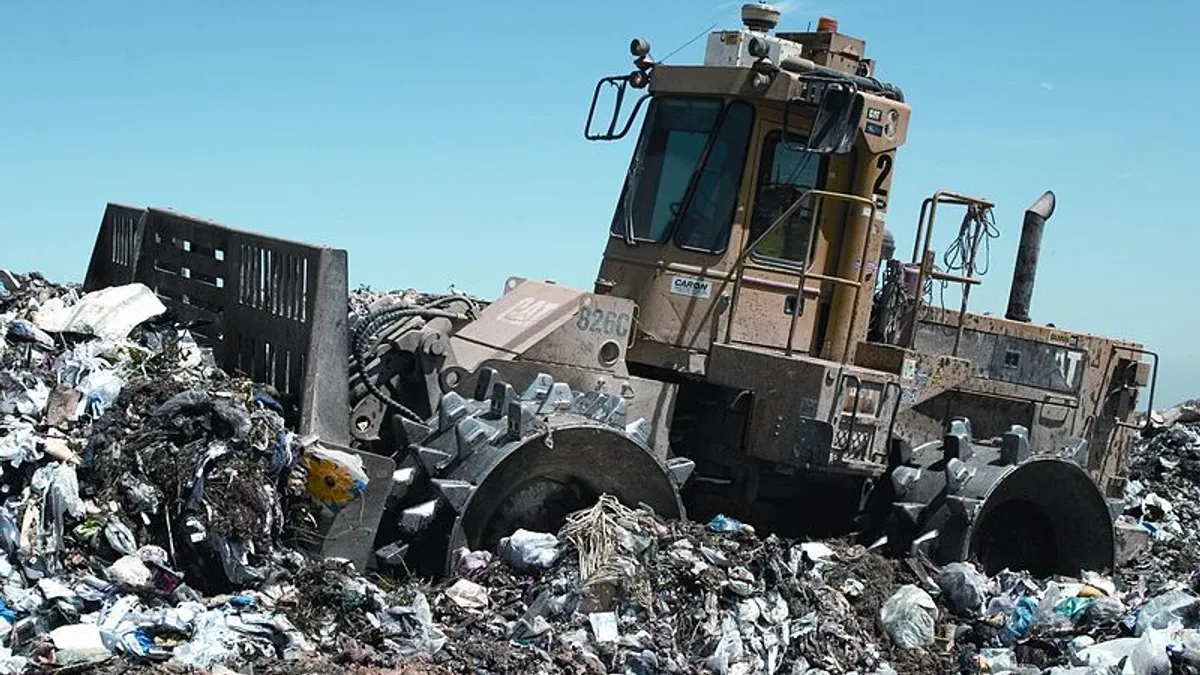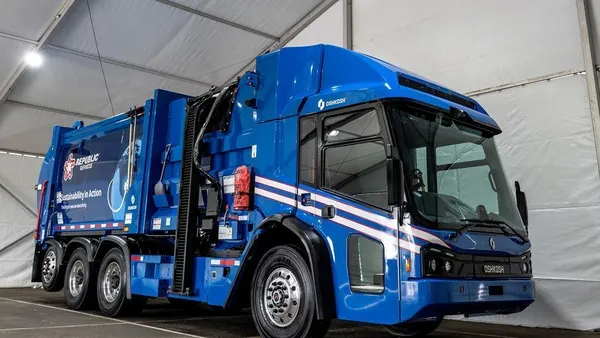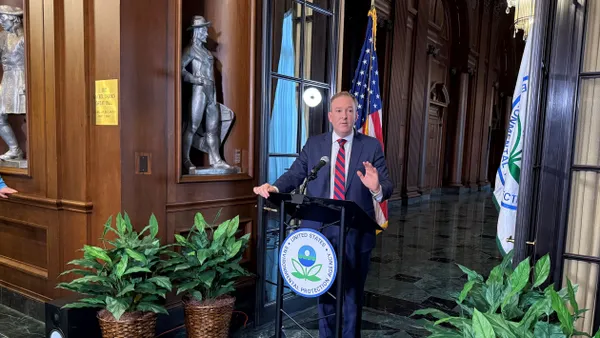Dive Brief:
- Annual disposal of municipal garbage to the Dickinson City Landfill in Dickinson, ND has nearly doubled from 2006 to 2014 as a result of North Dakota's oil boom.
- Due to the increase in amounts of waste being disposed, dumpers paid three-and-a-half times as much to dump their trash in the Dickinson landfill in 2014, totaling $2.4 million. Disposal fees amounted to about $694,700 in 2010.
- In 2014, North Dakota dumped a total of 790,300 tons of municipal solid waste in the 13 municipal waste landfills across the state.
Dive Insight:
Some have called North Dakota's oil boom both "a blessing and a curse," due to the economic changes and rapid growth of population in the state. "It’s a boom. It's a rush. That certainly isn’t pleasant for everybody, but I think most people realize that once they kind of get over this period of furious drilling activity, it’s really going to be a great thing for that part of the state," said Gov. Jack Dalrymple.
The same can be said for the effect that the boom is having on landfills. Oil Patch landfills such as the one in Dickinson have seen "quite a change in the amounts and types of waste" they've received due to rapid economic expansion, according to Steve Tillotson, assistant director of the Department of Health's Division of Waste Management.
Other landfills in nearby communities, such as the Williston Landfill in Williston, ND and the McKenzie County Landfill in Arnegard, ND, have also seen an extreme increase in the amount of waste that is being disposed. Tillotson has noted some concerns about the use of outdated waste-handling equipment when dealing with the large amounts of waste.














